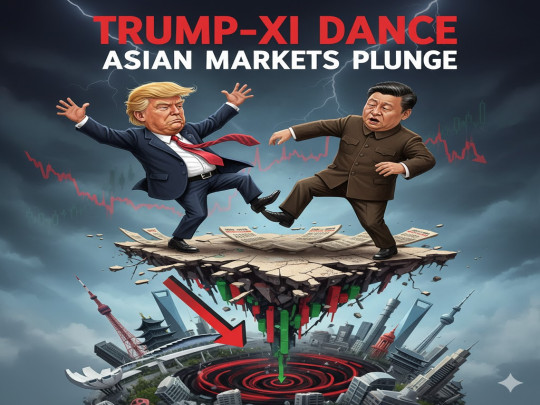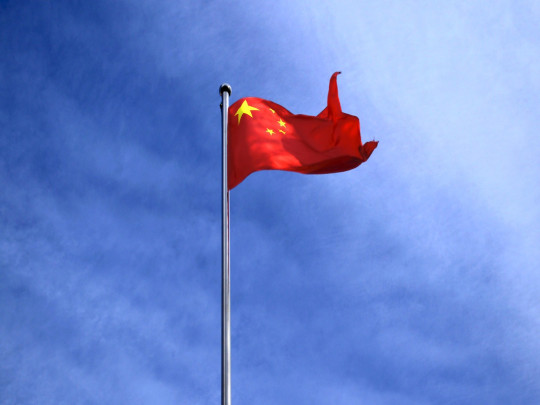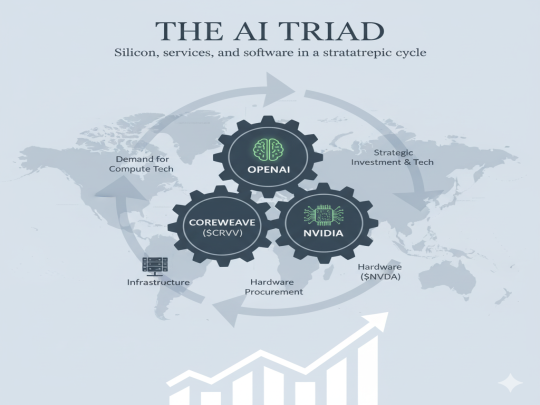From War to Whiplash: Trump’s Israel-Iran Deal Rattles Markets
A dramatic escalation in the Israel-Iran conflict saw U.S. strikes on Iranian nuclear sites, followed by Iranian retaliation and urgent diplomacy led by Qatar and President Trump. Trump’s unexpected ceasefire announcement prompted an immediate 8% plunge in both oil prices and the VIX, demonstrating the profound influence of geopolitical developments on global markets.

The global financial and geopolitical landscape was thrown into turmoil—and then, just as suddenly, into cautious optimism—on June 24, 2025. In a dramatic turn of events, President Donald Trump abruptly announced a ceasefire agreement between Israel and Iran. The unexpected move sent oil prices plunging by 8% and caused a similar drop in the Volatility Index (VIX). This article unpacks the series of events, diplomatic maneuvering, and market reactions, highlighting how Trump’s intervention shook global sentiment and market psychology.
Prelude: Escalation in the Middle East
The week began with the Middle East on the verge of a broader war. After years of strategic ambiguity, the United States launched direct military strikes on three of Iran’s main nuclear facilities—Fordow, Natanz, and Esfahan—using 30,000-pound bunker-buster bombs delivered by B-2 stealth bombers. This marked a significant escalation, with the U.S. openly joining Israel’s long-standing campaign to deter Iran’s nuclear ambitions.
Iran’s response was swift but restrained. On Monday, it launched missiles at the Al Udeid Air Base in Qatar, the largest U.S. military base in the region. Coordinated with Qatari authorities and preceded by advance warning, the attack resulted in no casualties. Iran’s Supreme National Security Council said the number of missiles matched the number of bombs dropped by the U.S., signaling a desire to retaliate without further escalating the conflict.
Diplomatic Frenzy: Qatar Steps In
As the world braced for a wider war, diplomatic efforts intensified. Qatar’s Prime Minister Sheikh Mohammed bin Abdulrahman Al Thani emerged as a key mediator, leveraging Doha’s strong relationships with both Washington and Tehran. President Trump, recognizing the urgency, personally contacted Qatar’s Emir to help persuade Iran to accept a U.S.-backed ceasefire proposal. Trump assured that Israel had already agreed, underlining the need to prevent broader regional chaos.
Qatar’s role proved pivotal. A series of phone calls and back-channel discussions led Iranian officials to consider the ceasefire, opening the door to a breakthrough.
The Ceasefire Announcement: Trump’s Surprise Move
At 6 p.m. Eastern Time on Monday, President Trump made a televised announcement: a “complete and total” ceasefire between Israel and Iran would take effect within six hours. The announcement surprised even top White House officials, highlighting the speed and secrecy of the negotiations.
Behind the scenes, Vice President JD Vance, Secretary of State Marco Rubio, and special envoy Steve Witkoff had been working through both direct and indirect channels with Iran. Combined with the leverage created by the U.S. strikes, their diplomacy laid the groundwork for the agreement.
Immediate Aftermath: Confusion and Continued Hostilities
Despite the announcement, conditions on the ground remained tense. Israel did not immediately confirm the ceasefire, and within hours, Iranian missiles struck a residential area in Beer Sheva, killing at least three people. In response, Israeli forces launched airstrikes on Tehran. Footage captured anti-aircraft fire lighting up the skies over the Iranian capital.
Iranian state media claimed the ceasefire was “forced upon the enemy” and that Trump had requested it “in a pleading manner.” Trump, meanwhile, maintained that both sides had approached him seeking peace. The confusion and continued violence highlighted the fragile nature of the agreement.
Market Reaction: Oil and Volatility Plunge
The ceasefire news, even as hostilities continued, caused an immediate market reaction.
Oil Prices Drop
Oil, which had surged on fears of an expanded Middle East war, dropped 8% within hours. The potential for de-escalation between regional powers, along with the U.S.'s role, led traders to unwind bets on supply disruptions. The sharp reversal showed just how sensitive energy markets are to geopolitical developments.
VIX Falls
The VIX, often known as Wall Street’s “fear gauge,” also fell by 8%. After spiking on fears of a broader conflict, the announcement calmed investor nerves and triggered a risk-on shift.
The Power of Presidential Sentiment
President Trump’s management of the crisis underscored how much influence a single leader can wield over global sentiment—especially in an era where markets are ultra-reactive to breaking headlines.
-
Strategic Ambiguity: Trump’s unpredictability allowed him to keep both allies and adversaries guessing, creating leverage.
-
Media Management: His direct messaging through media and social platforms amplified market reactions.
-
Diplomatic Leverage: The combination of U.S. military pressure and Qatari mediation created the conditions for negotiation.
A Closer Look: Sequence of Events
| Date/Time (ET) | Event | Details |
|---|---|---|
| Saturday, June 21 | U.S. strikes Iranian nuclear sites | Fordow, Natanz, Esfahan targeted with bunker-buster bombs |
| Monday, June 23 (morning) | Iran retaliates | Missile barrage on Al Udeid Air Base in Qatar; no casualties |
| Monday, June 23 (afternoon) | Diplomatic mediation | Qatar brokers talks between U.S., Israel, and Iran |
| Monday, June 23, 6 p.m. | Trump announces ceasefire | “Complete and total” ceasefire to take effect in 6 hours |
| Monday night–Tuesday morning | Continued hostilities | Iranian missiles hit Beer Sheva; Israeli forces strike Tehran |
| Tuesday, June 24 | Markets react | Oil down 8%, VIX down 8% |
Behind the Scenes: The Role of Qatar and U.S. Diplomats
Qatar’s success as a mediator stemmed from its longstanding neutrality and balanced diplomatic ties. As one of the few actors trusted by both Washington and Tehran, Doha was uniquely positioned to facilitate dialogue. Trump’s personal outreach to the Emir accelerated progress.
Within the U.S. administration, coordinated efforts by JD Vance, Marco Rubio, and Steve Witkoff ensured that diplomatic channels stayed open. Their work, alongside Qatar’s influence, led to the fragile ceasefire agreement.
The Fragility of Peace
Despite the market relief, the ceasefire’s durability remains uncertain. The continued violence and lack of mutual trust suggest the potential for renewed hostilities. Analysts caution that without sustained diplomacy and third-party oversight, the region could revert to conflict quickly.
Market Psychology: Why Sentiment Shifted So Fast
The dramatic market swings reveal how sentiment, rather than just fundamentals, drives modern trading.
-
Risk Premium Reversal: Traders had priced in a geopolitical risk premium, which was rapidly reversed after the announcement.
-
Algorithmic Trading: Automated systems responded to keywords like “ceasefire,” accelerating price movements.
-
Short-Term Focus: In a fast-paced news environment, markets shift rapidly with narrative changes.
Conclusion: Trump’s Sentiment Play—A Temporary Reprieve?
President Trump’s sudden intervention in the Israel-Iran crisis served as a textbook case of sentiment management. His ceasefire announcement temporarily defused tensions and reversed market trends. The 8% drop in oil and the VIX underscored how perception can move faster than reality.
Still, the underlying risks remain. The ceasefire is fragile, tensions are unresolved, and future flare-ups are likely. In a world where news breaks in real-time and market reactions are nearly instantaneous, sentiment has become one of the most powerful—and volatile—forces shaping our geopolitical and financial future.



